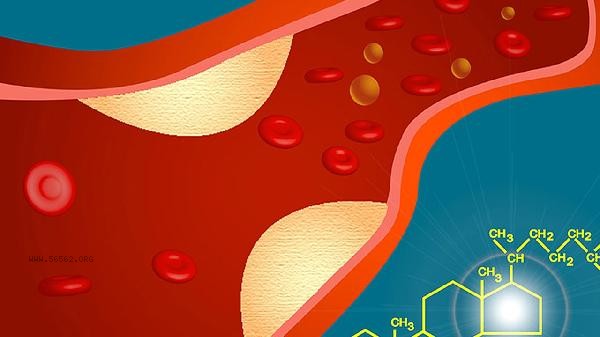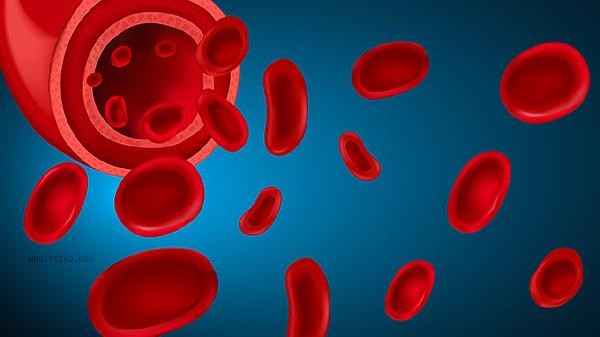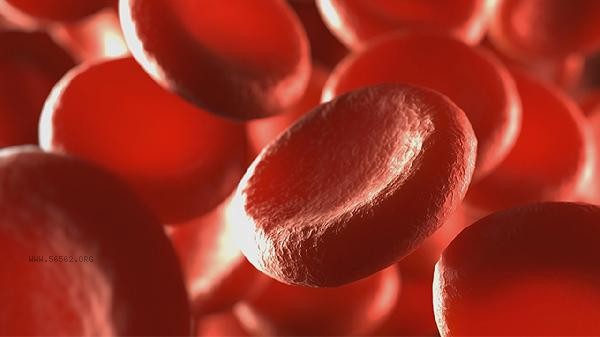The reason why red blood cells have a higher density than blood is because they contain a large amount of hemoglobin, which has a higher density than other blood components such as plasma. Blood is composed of plasma, red blood cells, white blood cells, and platelets, with red blood cells having the highest proportion and density. Plasma is mainly composed of water, dissolved proteins, electrolytes, etc., and has a relatively low density. Red blood cells contain a high concentration of hemoglobin, an iron containing protein responsible for transporting oxygen. Its molecular structure is dense and of high mass. Mature red blood cells lack nuclei and most organelles, and are almost filled with hemoglobin, further increasing their weight per unit volume. Although white blood cells and platelets are also tangible components, their numbers are much smaller than red blood cells, and their impact on overall blood density is relatively small. The hematocrit of healthy adults is about 40-50%, which means that nearly half of the blood volume is occupied by high-density red blood cells.

Certain pathological conditions can exacerbate this density difference. Patients with polycythemia vera have excessive production of red blood cells in their bone marrow, with hematocrit exceeding 60%, leading to a significant increase in blood viscosity. Long term hypoxia stimulates the kidneys to secrete more erythropoietin, leading to secondary erythrocytosis. On the contrary, in anemic patients, due to a decrease in red blood cell count or hemoglobin content, the overall blood density tends to approach that of plasma. After a large amount of blood loss or infusion, the plasma ratio temporarily increases, which can also reduce the ratio difference between red blood cells and blood. The difference in red blood cell and blood specific gravity detected by SEP has clinical significance. Anemia or polycythemia can be evaluated by measuring hematocrit through centrifugal separation. The use of specific gravity difference to analyze blood viscosity in hemorheological examination is helpful for early warning of thrombosis risk. Before donating blood, hemoglobin concentration is tested to ensure the quality of the donor's blood, and the red blood cell ratio is also evaluated before surgery to predict circulatory load capacity. Maintaining a balanced diet in daily life and supplementing with appropriate amounts of hematopoietic materials such as iron, folate, and vitamin B12 can help maintain normal red blood cell density.










Comments (0)
Leave a Comment
No comments yet
Be the first to share your thoughts!